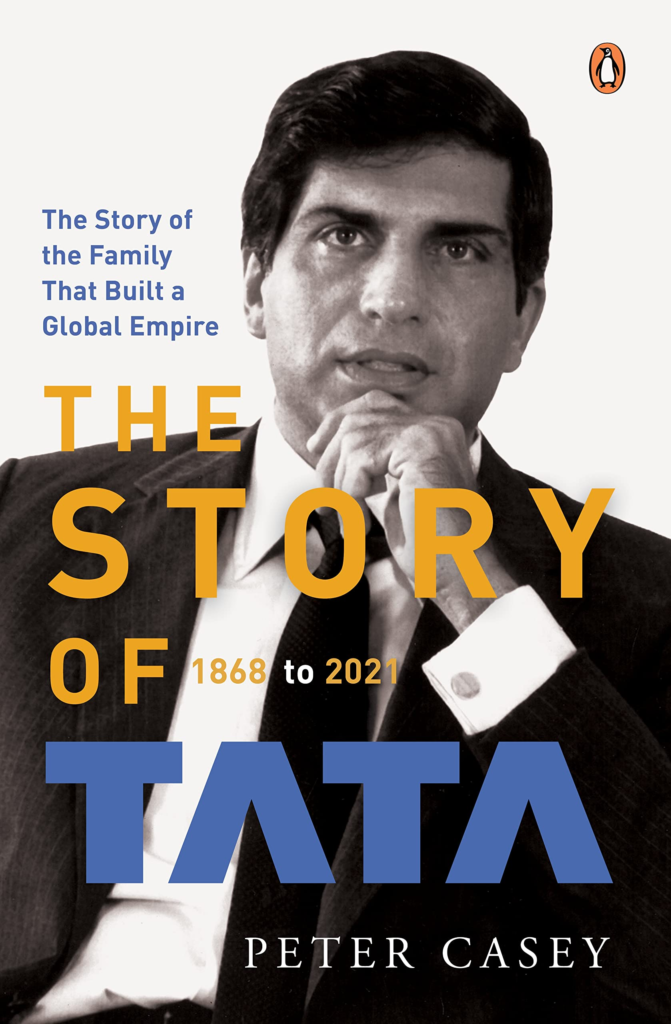The Story of Tata: 1868 to 2021

A Legacy of Innovation and Philanthropy
Peter Casey’s “The Story of Tata: 1868 to 2021” chronicles the remarkable journey of the Tata Group, one of India’s most prominent and respected conglomerates. This book provides a captivating narrative of the Tata family’s entrepreneurial spirit, their unwavering commitment to social responsibility, and the challenges they faced throughout their illustrious history.
The Vision of Jamshedji Tata
The book begins by introducing the visionary founder, Jamshedji Tata. Casey masterfully recounts Jamshedji’s relentless pursuit of innovation, exemplified by his establishment of India’s first steel plant and his ambitious plans for a hydroelectric power plant. He emphasizes Jamshedji’s unwavering belief in the importance of social responsibility, a value that would become a cornerstone of the Tata Group’s philosophy.
Succession and Growth
“The Story of Tata” then follows the Tata family through subsequent generations, exploring the contributions of key figures like Sir Dorabji Tata, J.R.D. Tata, and Ratan Tata. Each leader is portrayed as a unique individual with their own strengths and challenges, yet all share a common thread of dedication to the Tata Group’s values and a commitment to long-term sustainability. Casey highlights the strategic decisions and innovative ventures that propelled the Tata Group to new heights, solidifying its position as a global conglomerate.
Philanthropy as a Cornerstone
One of the most compelling aspects of the book is its detailed exploration of the Tata Group’s extensive philanthropic endeavors. The Tatas have consistently demonstrated a deep commitment to giving back to society, establishing renowned institutions like the Tata Institute of Fundamental Research and the Tata Memorial Hospital. Casey effectively illustrates how these initiatives exemplify the Tata family’s belief in the importance of social responsibility and their desire to make a lasting impact on India’s social and economic development.
Navigating Challenges: The Cyrus Mistry Era
The book also delves into the Tata Group’s more recent history, including the controversial removal of Cyrus Mistry as chairman of Tata Sons. Casey presents the Tata Group’s perspective on these events, providing insights into the internal dynamics and decision-making processes within the conglomerate. While acknowledging the controversy, he maintains a focus on the Tata Group’s long-term vision and its commitment to upholding its values.
A Multifaceted Perspective
While “The Story of Tata” offers a comprehensive overview of the Tata Group’s history, it primarily focuses on the Tata family’s perspective. A more balanced approach would have benefited from incorporating insights from other stakeholders, such as employees, competitors, and the wider community. Additionally, the book could have explored in greater depth the Tata Group’s significant role in shaping India’s economic and social landscape.
Despite these minor shortcomings, “The Story of Tata” remains a valuable resource for anyone interested in the history of Indian business, the Tata family’s legacy, and the challenges and triumphs of a global conglomerate. Casey’s engaging writing style and his meticulous research make this book a captivating read.










